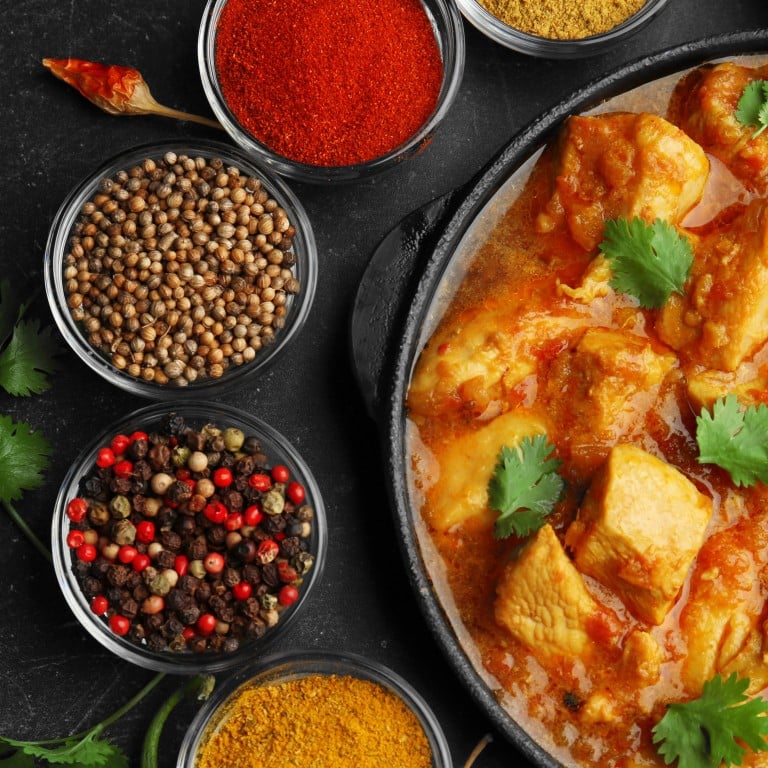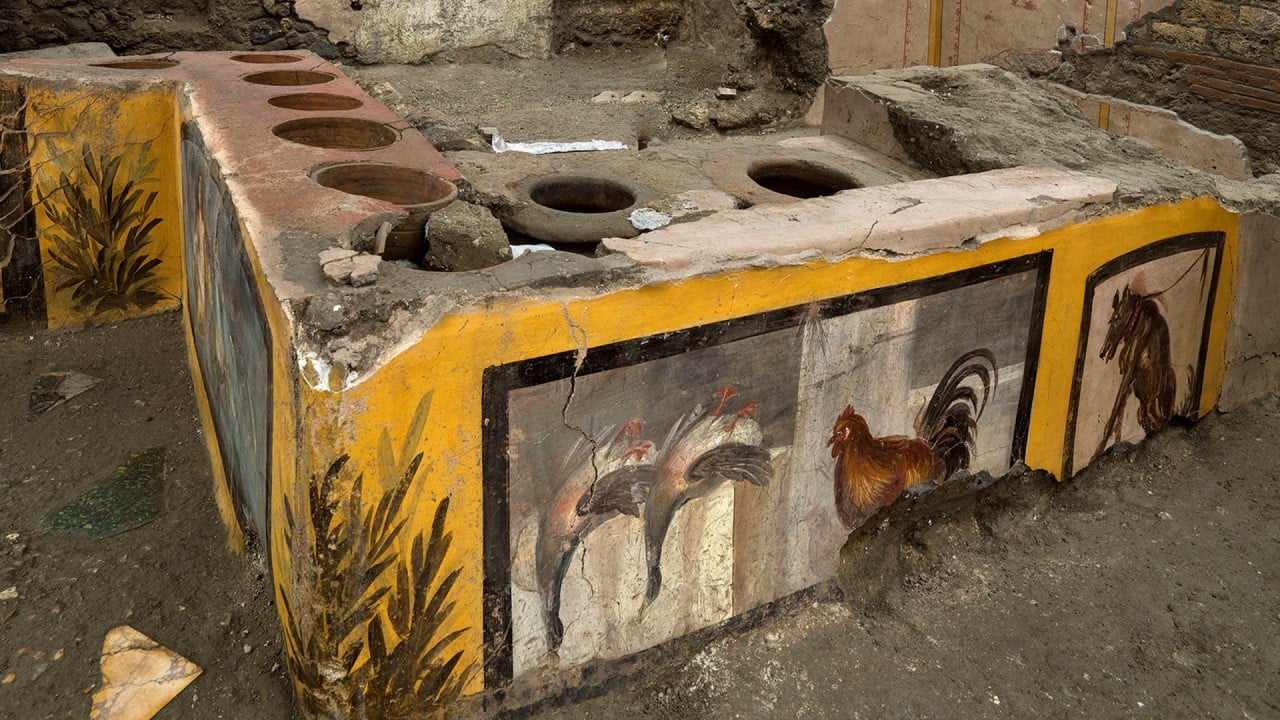
Remnants of curry dating back 1,800 years found on stone tools in Southeast Asia is oldest outside India
- International team examines ancient stone tools in Vietnam and finds clues to ancient spice trade, including cinnamon from Sri Lanka and nutmeg from Indonesia
- ‘Curries were most likely introduced to Southeast Asia by migrants during the period of early trade contact via the Indian Ocean’: paper
“Our study suggests that curries were most likely introduced to Southeast Asia by migrants during the period of early trade contact via the Indian Ocean,” said the study’s first author, Weiwei Wang, a PhD candidate at the Australian National University (ANU) in Canberra.
“Given these spices originated from various different locations, it’s clear people were undertaking long-distance journeys for trade purposes,” Wang said in a statement on the university’s website on Saturday.
The history of curry began more than 4,000 years ago in India and Pakistan. Archaeological excavations in India have found remains of turmeric, ginger, aubergine and mango attached to human teeth and in cooking pots, according to Wang and her colleagues.
It goes to show that a good recipe will stand the test of time.
However, it is not clear how curry started to reach the rest of the world. Historians have long known about a maritime trade route running between Asia and Europe during the same era as the land-based Silk Road, but their knowledge relied mainly on written records rather than physical evidence.
Between 2017 and 2019, a series of unique stone tools were found at the archaeological complex known as Óc Eo, which is believed to have been a major port city in the Kingdom of Funan from the 1st through to the 7th centuries AD.
The tools ranged from grinding slabs to pestles and mortars, and were apparently used for pounding and grinding spices into powders and for releasing their flavours.
Originally, the researchers were not focused on curry but hoped to learn how those tools worked and what they might reveal about the ancient spice trade, wrote Wang and co-author Hsiao-chun Hung, also from ANU, in a separate article for the Australia-based website The Conversation.
How almost every Asian country has its own versions of curry
After extracting hundreds of starch grains – tiny structures in plant cells that can be preserved for a long time – stuck on the surface of the tools, the researchers identified eight culinary spices: turmeric, ginger, fingerroot, sand ginger, galangal, clove, nutmeg and cinnamon.
While the microscopic remains were dominated by ginger plants, the researchers found some components originated from outside Vietnam. For instance, cinnamon originates in Sri Lanka and nutmeg is native to the Banda Islands in eastern Indonesia, according to the researchers.
“Our research is the first to confirm, in a very tangible way, that spices were valuable commodities exchanged on the global trading network nearly 2,000 years ago,” Wang and Hung wrote in The Conversation article.
“If you’ve ever prepared curry from scratch, you’ll know it’s not simple. It involves a range of unique spices and the use of grinding tools. It’s interesting to note that nearly 2,000 years ago, individuals living outside India had a strong desire to savour the flavours of curry,” they wrote.
“Also fascinating is the fact that the curry recipe used in Vietnam today has not deviated significantly from the ancient Óc Eo period … It goes to show that a good recipe will stand the test of time.”
In their paper, the researchers implied that the grinding tools were probably imported from India, too, but some scholars were sceptical.
“To assume that people in Southeast Asia couldn’t figure out how to basically crush their food with these stones is a huge leap,” Tom Hoogervorst, a linguist and archaeologist at the Royal Netherlands Institute of Southeast Asian and Caribbean Studies, told the Scientific American, which reported on the research.
Did pasta come from China? Absolutely not, historians say
Next up, the team planned to compare their findings with larger plant remains unearthed from the site, said the co-authors, which also included researchers from the Centre for Archaeology at the Southern Institute for Social Sciences in Ho Chi Minh City and the department of history at Sun Yat-sen University in Zhuhai, southern China.
The team said it would also analyse remarkably well preserved plant seeds excavated from the site and look for other spice plants to better understand when and how each type of spice or plant started to be traded globally.


